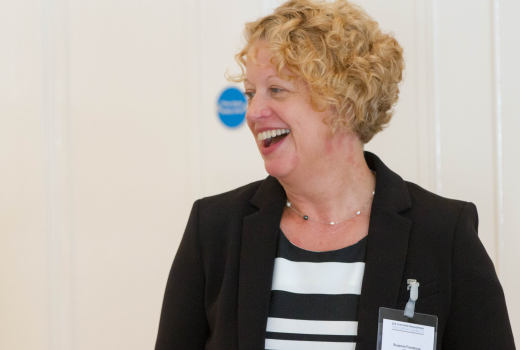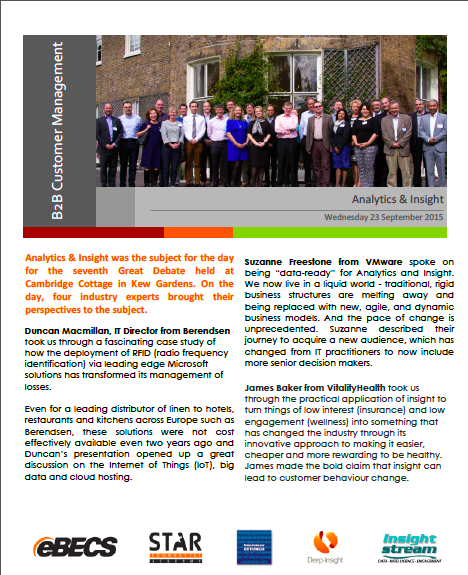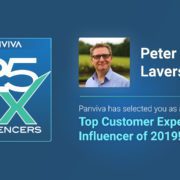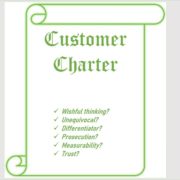The Great Debate (7) – Analytics & Insight
Analytics & Insight was the subject for the day for the seventh Great Debate held at Cambridge Cottage in Kew Gardens. On the day, four industry experts brought their perspectives to the subject.
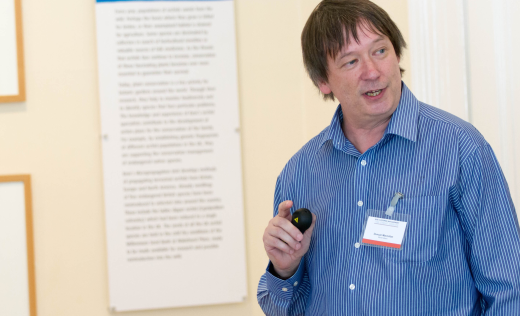 Duncan Macmillan, IT Director from Berendsen took us through a fascinating case study of how the deployment of RFID (radio frequency identification) via leading edge Microsoft solutions has transformed its management of losses.
Duncan Macmillan, IT Director from Berendsen took us through a fascinating case study of how the deployment of RFID (radio frequency identification) via leading edge Microsoft solutions has transformed its management of losses.
Even for a leading distributor of linen to hotels, restaurants and kitchens across Europe such as Berendsen, these solutions were not cost effectively available even two years ago and Duncan’s presentation opened up a great discussion on the Internet of Things (IoT), big data and cloud hosting.
Suzanne Freestone from VMware spoke on being “data-ready” for Analytics and Insight. We now live in a liquid world – traditional, rigid business structures are melting away and being replaced with new, agile, and dynamic business models. And the pace of change is unprecedented. Suzanne described their journey to acquire a new audience, which has changed from IT practitioners to now include more senior decision makers.
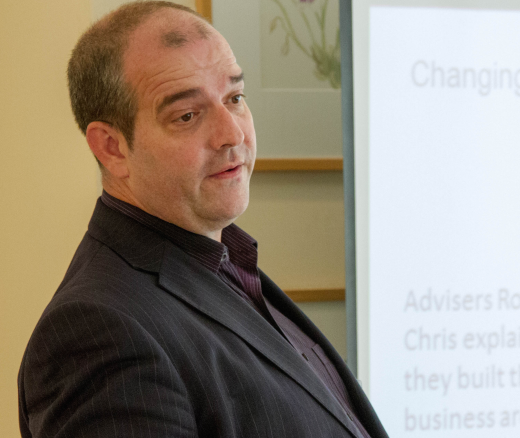 James Baker from VitalityHealth took us through the practical application of insight to turn things of low interest (insurance) and low engagement (wellness) into something that has changed the industry through its innovative approach to making it easier, cheaper and more rewarding to be healthy. James made the bold claim that insight can lead to customer behaviour change.
James Baker from VitalityHealth took us through the practical application of insight to turn things of low interest (insurance) and low engagement (wellness) into something that has changed the industry through its innovative approach to making it easier, cheaper and more rewarding to be healthy. James made the bold claim that insight can lead to customer behaviour change.
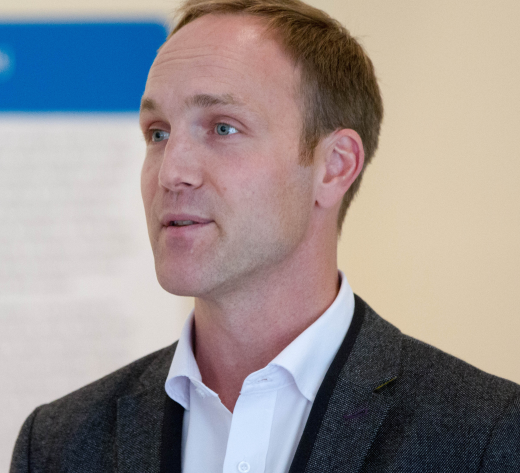 Chester Robinson, Commercial Strategy Director from Treasury Wines complemented the other speakers with a fantastic insight into the world of fine wines and their approach. He highlighted the importance a roadmap for success that starts with critical insights; being really clear about objectives; and having segmentation that aligns to real needs. He brought this to life with a case study of their Rugby World Cup campaigns.
Chester Robinson, Commercial Strategy Director from Treasury Wines complemented the other speakers with a fantastic insight into the world of fine wines and their approach. He highlighted the importance a roadmap for success that starts with critical insights; being really clear about objectives; and having segmentation that aligns to real needs. He brought this to life with a case study of their Rugby World Cup campaigns.
The day was supplemented with a thought provoking piece from John O’Connor of Deep-Insight regarding NPS, and feedback from Peter Lavers of Customer Attuned on the Golden threads research (the full report will be sent to those who requested it and is available to download here. Neil Mullarkey also led a brilliant interactive session on storytelling.
The Great Debate
All speakers posed a question for the delegates to discuss. The hot topics from these discussions were then debated in open forum at the end of the day. The following is a summary of each discussion:
Discussion 1: Internet of Things (IoT) – have we reached the tipping point?
Discussions particularly considered the application of IoT within B2B:
- Most agreed that there are huge possibilities – but that’s all there are at the moment – “Still scratching the surface” “We don’t know what we don’t know is possible”
- Critical mass has not yet been reached in B2B – the opportunities cited are often in B2C scenarios and with younger people (older people can see it as privacy intrusive)
- Does IoT need “things” – has it yet been applied to business services?
- There must be a clear commercial reason for IoT to be widely adopted in B2B e.g. better use of data; better pricing; better decisions; Instant feedback; apps
- The challenge for leading B2B businesses is to grasp the aspects of IoT that will deliver true value to customers and/or to their own ways of working
- IoT Guidelines for B2B would be useful – capabilities required and making it specific with real wins e.g. wearable devices, UAVs (drones)
Discussion 2: How important is data in your organisation?
The groups considered the completeness/ effectiveness axes as illustrated and where their organisations would sit on the scale.
Completeness:
- Surprising number of companies still work from spreadsheets (where the 40% decay in 18m rule applies) and rely on ‘internal’ knowledge
- It’s vital to prioritise completeness of the right data along the customer journey
- There should be different information plans for different cohorts e.g. distributor/broker data and end-consumer data; prospect and customer data
- 100% completeness probably isn’t a realistic or economic target – or indeed even necessary for many businesses
- User groups & self-help sites should be seen as sources of data
- Systems integration to pull together disparate data sources remains a critical challenge
Effectiveness:
- The key to effectiveness is to be clear about the business problems and objectives that we need insight to inform or solve
- Effective data can enable data-driven-decisions and next-best-action generation, but don’t forget intuition in B2B – final decision remains a human call
- B2B still has mixed effectiveness of customer segmentation and tailoring the offering according to needs
- Effective customer data improves prospect targeting & qualification
- Easy to use tools are required if the data is ever to break out of the HQ
- B2B companies should use their data to educate as well as sell
- Effective data = customer interactions that are solution-oriented and understood
- B2B companies should use their data to educate as well as sell
Discussion 3: In an intermediated business environment, what’s more important – broker insight or end-customer insight?
- B2B businesses asking this question of themselves is just as important as the eventual answer – many focus on one and make assumptions about the other!
- A simple way of looking at it is to consider your balance of decision making or drivers of value – are they broker-oriented, end-customer oriented or 50/50?
- Broker insight is vital for day-to-day operations & relationships, but end-customer insight often delivers competitive advantage and value-add back to the broker
- Beware of using end-customer touchpoint NPS results as ‘pure science’
- Businesses will miss opportunities if they only focus on broker insight and/or rely wholly on intermediaries for end-customer insight
Discussion 4: How does your organisation seek to gain clarity?
- This specifically referred to CM objectives, segmentation and your roadmap for success:
- Vital for clarity not just to be at the top of the organisation!
- Basic rule: the more you try to change at once the less clarity you’ll have about it
- Clarity isn’t just for better internal comms. – it leads to trust
- Simple things are still important e.g. use of colour; non-technical language; ‘red thread’
- We need to filter the data/insight into agreed conclusions that drive quick response and action – the forum that’s gathered to make the decision shouldn’t still be arguing about the source data
- Season’s Greetings from Customer Attuned - December 7, 2023
- Why is it important to have a Sales & Account Management Framework? - November 14, 2022
- Institute of Sales Professionals Webinar – Dr Mark Hollyoake Talks about Trust - October 7, 2022

